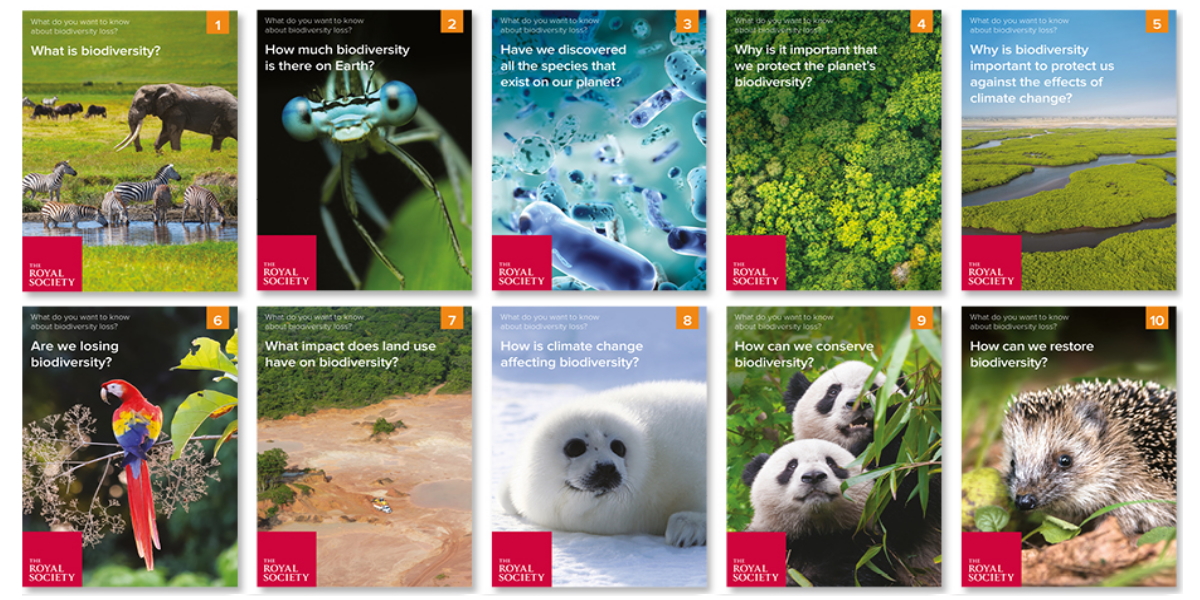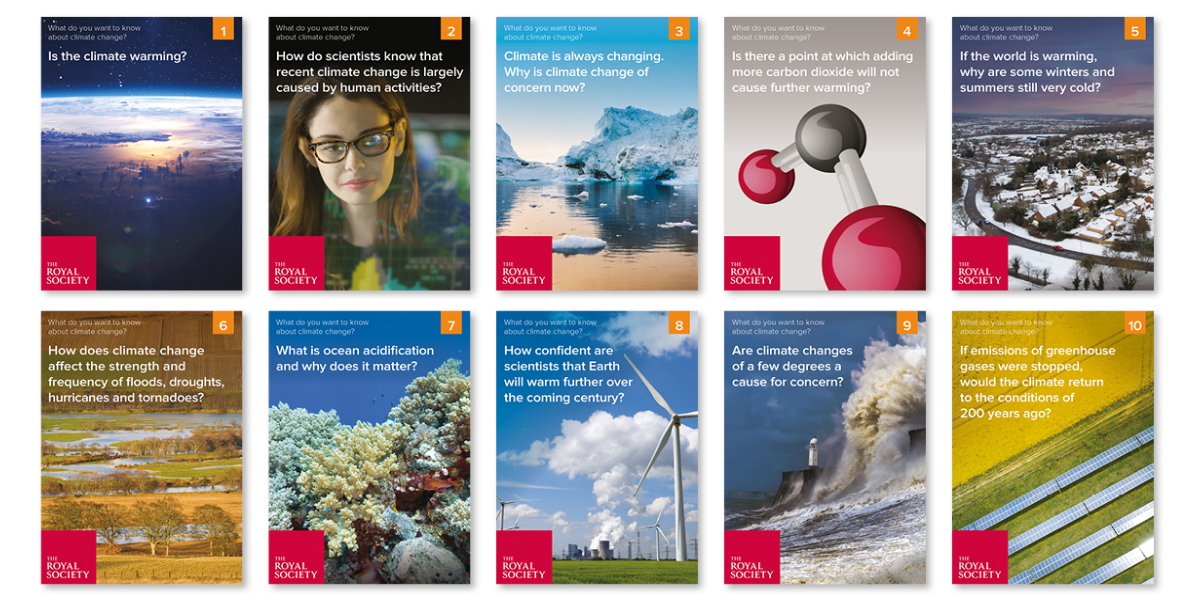Filters
Clear allSubject
- Climate Change (2) Apply Climate Change filter
- Computing (13) Apply Computing filter
- Creative arts and media (5) Apply Creative arts and media filter
- (-) Remove Cross curricular filter Cross curricular
- Design and technology (17) Apply Design and technology filter
- Engineering (6) Apply Engineering filter
- Food Preparation and Nutrition (1) Apply Food Preparation and Nutrition filter
- Mathematics (10) Apply Mathematics filter
- Science (38) Apply Science filter
Age range
Type
- Activity sheet (38) Apply Activity sheet filter
- Audio (4) Apply Audio filter
- Experiment (1) Apply Experiment filter
- Group work (3) Apply Group work filter
- Image (2) Apply Image filter
- Information sheet (14) Apply Information sheet filter
- Interactive resource (4) Apply Interactive resource filter
- Poster (9) Apply Poster filter
- (-) Remove Presentation filter Presentation
- Research (3) Apply Research filter
- Teacher guidance (46) Apply Teacher guidance filter
- Video (17) Apply Video filter
- Include Physical Resources (0) Apply Include Physical Resources filter
Showing 57 results
This teaching package, aimed at Key Stages Two and Three, investigates the science of tree rings (dendrochronology). Linked to the topics of plants and living things and their habitats, it looks at cut tree trunks to determine the age of the tree, how fast it grew and...
This activity away from the computer is from the Barefoot Computing project. It is intended to provide a theoretical understanding of why and how variables are used in computer programming, using the example of score-keeping in a classroom quiz. Involving several volunteers from the group, the activity uses...
This activity shows how Earth observation can be used to study human geography by comparing the satellite images of Las Vegas over the last few decades. Linking to measurement of irregular areas and addition and multiplication of fractions, it asks children to measure the area of Las Vegas at three separate times...
This activity uses satellite images of the Earth to show how a glacier has changed over almost three decades. Children are asked to measure the glacier to find out how much it has changed in size and to compare false-colour images to suggest how this helps us find out more about environmental change. Guidance on...
This activity looks at water consumption on a local and global scale. Students learn about the main water contaminants and various methods of purification and the role of engineers and their approach to design challenges. The resource aims to inspire an interest in water conservation and to introduce students to...

These evidence-based, question and answer style classroom resources can be used to engage students of all ages...

These evidence-based, question and answer style classroom resources can be used to engage students in the climate...
In this activity children take on the role of Earth observation scientists submitting a request for an image they would like for their research. This gives them the opportunity to consider the possibilities of pictures taken from orbit (and the limitations) and to write scientifically for a specific audience. It...
This activity supports learning in science and English, using the context of Dr Edward Jenner’s work on developing a vaccine for Smallpox. Children learn how, through vaccination, Smallpox became the first and only human disease to be eradicated. They look at what other vaccines exist today and the current battles...
This resource supports learning in literacy and drama and science, all based around the life of Edward Jenner. After watching a short film, children discuss some of the main differences between plays and films, beginning to think in terms of cinematic storytelling. They use their scientific and historical...
From Practical Action, this challenge asks students to design a simple wind turbine capable of lifting a cup off the floor to bench height. The winning team will be the one producing a machine that lifts the most weight. The resource includes an instruction sheet, wind turbine images, links to videos and...
This is one of a series of resources developed by the Institution of Engineering and Technology inspired by the achievements of the ancient Egyptians.
In this activity pupils discover where the word 'hieroglyphics' comes from and how to write their name in hieroglyphics.
Pages
- « first
- ‹ previous
- 1
- 2
- 3
- 4
